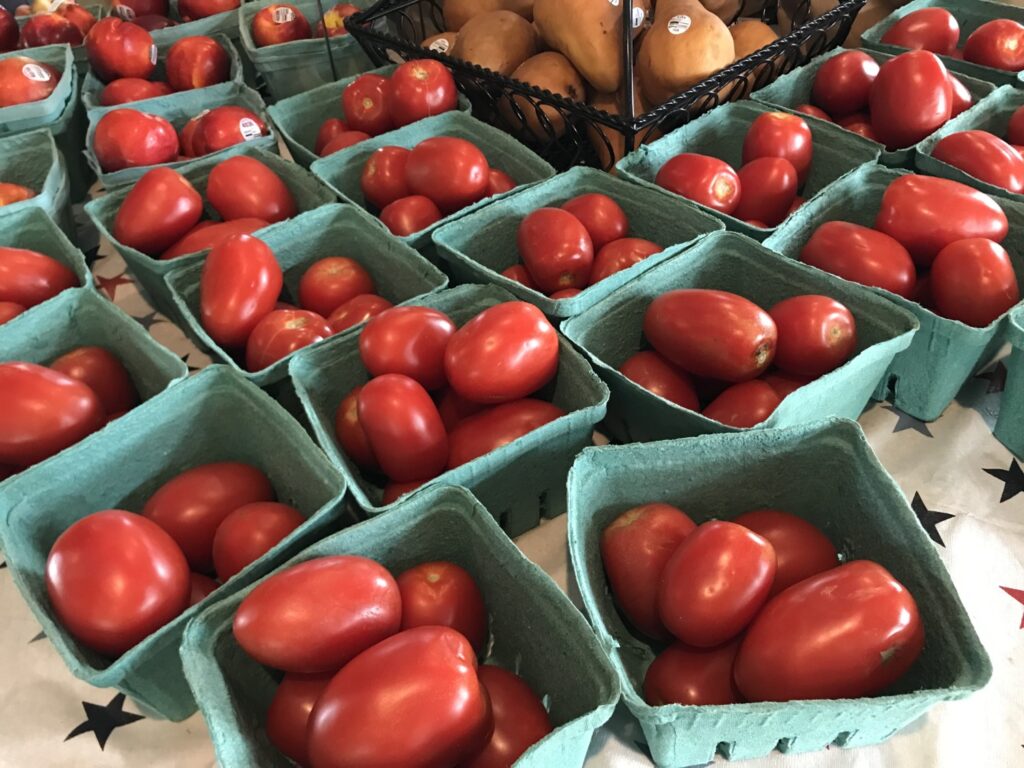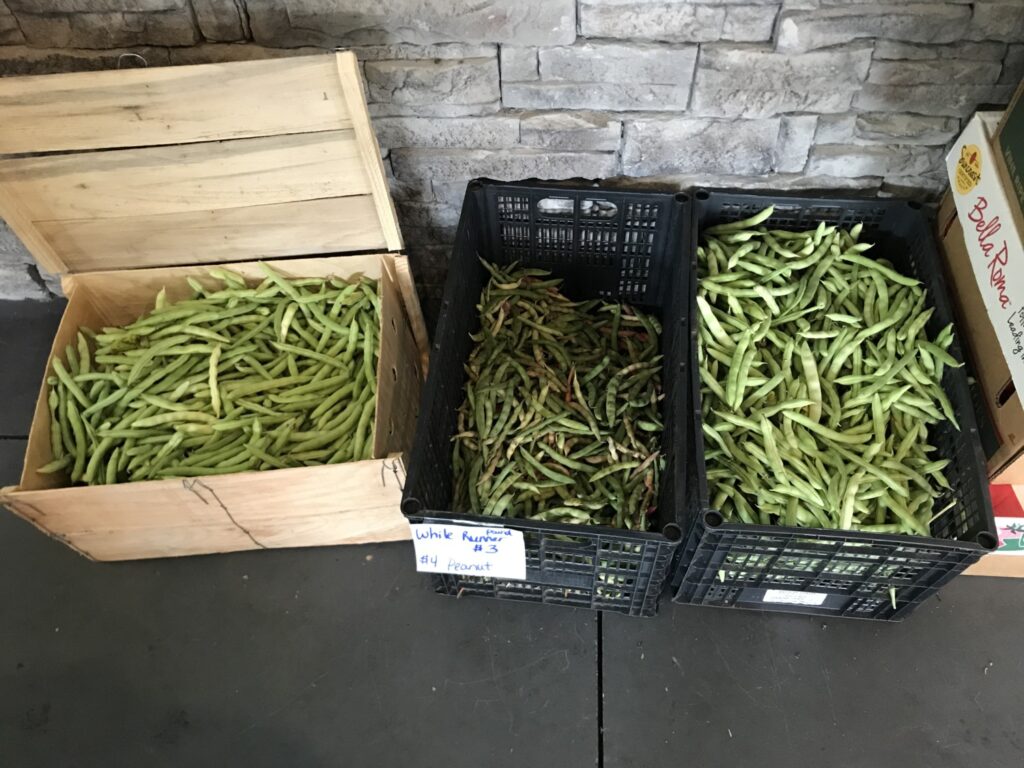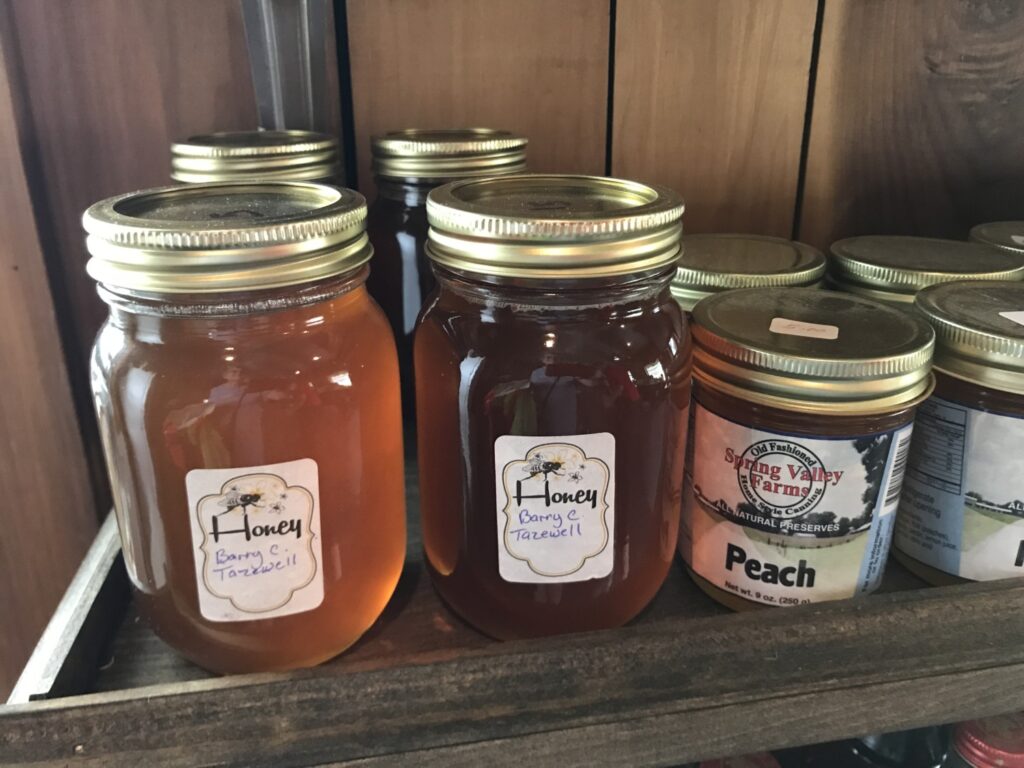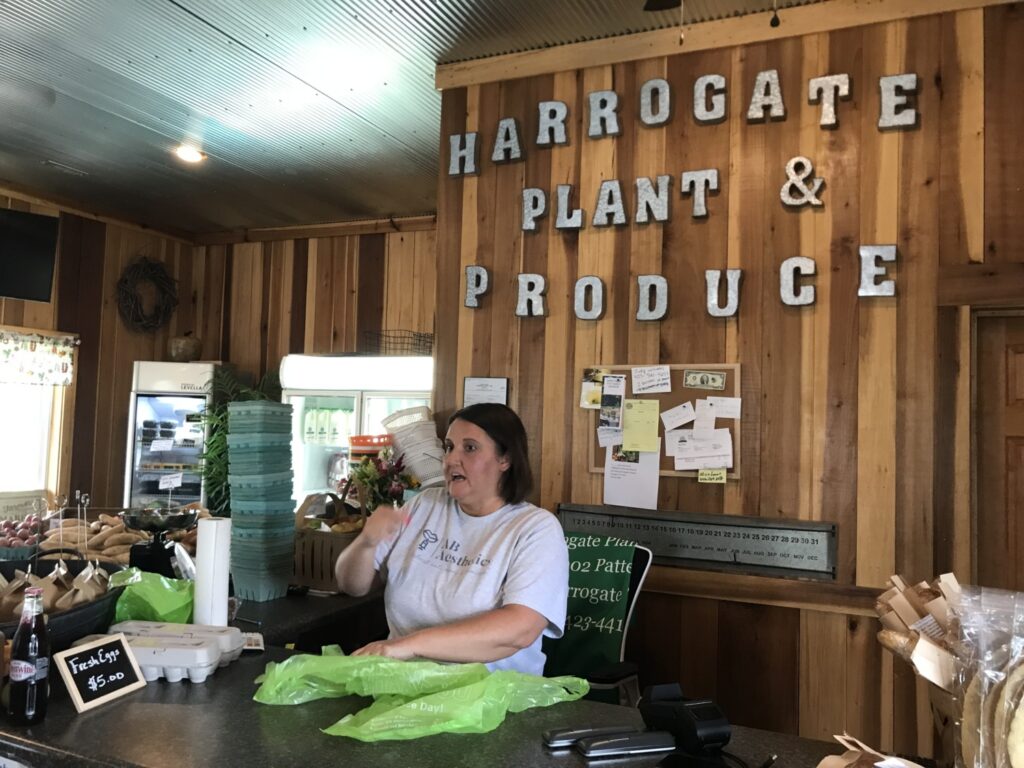I recently finished “Animal, Vegetable, Miracle” by Barbara Kingsolver. The book really made me think about food and how we obtain the food we eat, so I thought I would share it with you.

Barbara Kingsolver is a best-selling novelist, known for books such as “Demon Copperhead” and “The Poisonwood Bible.” She has written over 70 books and won many awards. She is not one of my favorite authors. I find her books too wordy and full of extraneous exposition. I tried reading “Demon Copperhead” but put it down after the first chapter.
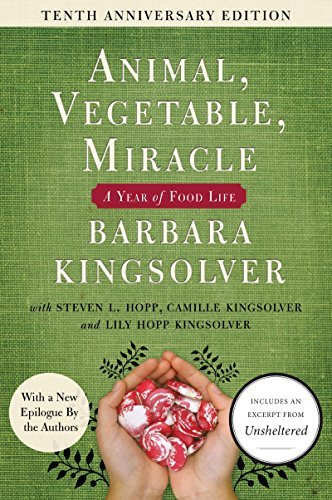 “Animal, Vegetable, Mineral” is a different kind of book for Kingsolver. It is a non-fiction memoir about her family’s commitment to living on local food for a year. When the city of Tucson tapped into the already stressed Colorado River for more water, Kingsolver and her family moved to a farm in the hills of Washington County, Virginia. Coincidentally, their farm is only an hour from where we are at Cumberland Gap.
“Animal, Vegetable, Mineral” is a different kind of book for Kingsolver. It is a non-fiction memoir about her family’s commitment to living on local food for a year. When the city of Tucson tapped into the already stressed Colorado River for more water, Kingsolver and her family moved to a farm in the hills of Washington County, Virginia. Coincidentally, their farm is only an hour from where we are at Cumberland Gap.
Although they still live on their farm and try to eat locally, the book covers their first year of trying to live sustainably. It describes the joys and the hard work that go into growing and preserving food. I appreciated the stories Kingsolver told about the challenges of eating locally. But the parts of the book that really got me thinking were the sections on corporate farming.
All of us know that tomatoes fresh off the vine are the best. Why then, do so many of us buy out-of-season tomatoes that have no taste and have a horrible texture? In buying grapes from Chile or bananas from Panama or lettuce from California, we are using petroleum resources to ship our food and buying food of an inferior quality. I love fresh fruit and buy it year-round, but at what cost? Am I hurting the earth by buying produce out of season in the area where I live?
These are some of the questions Kingsolver raises in her book and it made me pay more attention to where my food is coming from. Instead of scooping up produce at the grocery store, often shipped from California, I have been seeking out more local foods and supporting family farms in the process. Chickens and turkeys raised in small, family farms are more nutritious and taste better than the animals produced in Concentrated Animal Feeding Operations (CAFOs). Eggs from free-range chickens are lower in cholesterol than those from CAFOs. Beef from steer that are pasture-finished tastes better and has more nutrients beneficial to people than beef from CAFOs.
So why does so much of our meat come from CAFOs and so much of our food come from Genetically Modified crops (GMO)? Because our government subsidizes the corporations that grow these things. Reading about CAFOs and the ways they pollute and are not required to treat their animal waste makes me want to know where my meat comes from. “Animal, Vegetable, Miracle” is full of facts and figures and statistics about the ways high-production food is endangering our lives and the earth. And the more we process the food we eat, the less nutrients it contains and the more we endanger our future on the planet.
All of this is powerful stuff and I have made some changes in the ways I am buying food. I started by seeking out local produce. This is easy in the summer when produce is abundant and cheap. It is more difficult in the winter which means, according to Kingsolver, that we should either abstain from certain foods in their off-season, or learn ways to preserve food. Time to haul out the canning jars!
I found a local produce stand, Harrogate Plant and Produce, run by a farming family in the community. The woman who runs the stand knows where every tomato, cucumber, onion, and peach that she sells is grown. She sells beef and pork from Rebel Hollow Farm, which is 12 miles away. I looked into buying a share of a family farm in the Columbus area. One share gets you a bag of produce every week from whatever is being grown on the farm. Definitely subscribing the next time I am in Ohio during the summer. Farmers Markets are generally easy to find with a little digging.
I have never liked grocery shopping and so I went to the store and bought whatever I needed as quickly as possible. Looking at where my food is being grown has slowed me down considerably. Making a special trip to a produce stand or the Farmers Market means I spend more time grocery shopping than I did before. But I have also met some really interesting people and feel like I am supporting small, local businesses and farms.
Barbara Kingsolver and her family chose to only eat what was grown within 100 miles of where they lived for a year. I am certain I can do that, or something close to it, for at least the summer. People who eat only locally grown food are called “locavores.” We are finding out that bigger isn’t better – in fact, it is often worse. By supporting small, local food growers we might end up saving our planet.
Here are some other websites I found informative and interesting.
Slow Food: Founded to prevent the disappearance of local food cultures and traditions.
Fair Trade: If you are going to buy food internationally, at least make sure the growers are getting the benefit.
100-Mile Diet: Local eating for global change
Seed Savers: Saving heirloom seeds and planting heirloom gardens so our crops maintain diversity
Bank on Seeds: Buy a seed bank so you can plant a garden and have food in case of a global crisis
National Family Farm Coalition: Mobilizing family farmers, fishers, and ranchers for fair prices, vibrant communities, and healthy food free of corporate domination
Local Flavors Cookbook by Deborah Madison: How to cook what you can find at your Farmers Market

